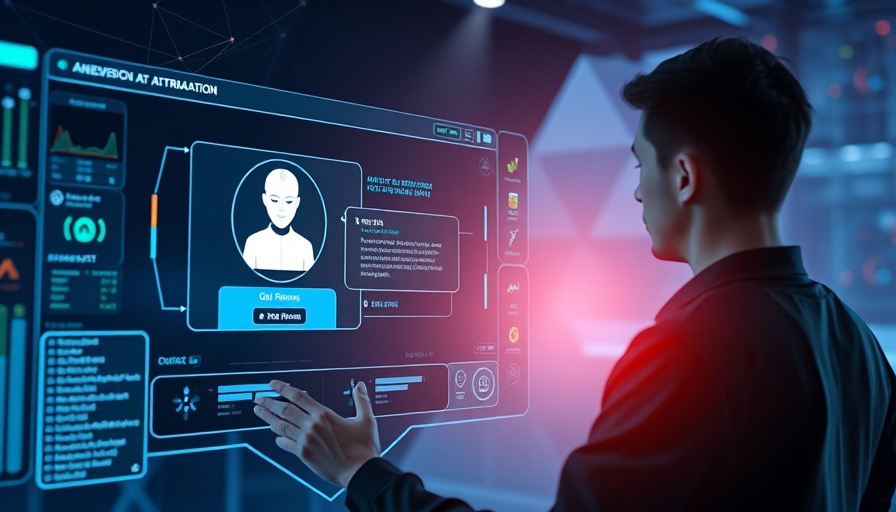
AI Doppelgängers: Revolutionizing the Workplace
As businesses increasingly adapt to a remote and hybrid work environment, the concept of 'AI doppelgängers' is gaining traction. Imagine having a digital clone that not only reflects your appearance but can also think and respond like you. This advanced technology merges hyperrealistic avatars, tailored speech synthesis, and sophisticated conversational AI. Recent trends show that companies are interested in deploying these digital stand-ins to streamline operations and enhance productivity, offering a potential lifeline for overwhelmed employees.
For instance, a digital clone can manage routine tasks or represent you in meetings, freeing up valuable time for creative and strategic work. In a recent experiment detailed by a tech enthusiast, creating a personal clone involved a few recordings and an online service capable of generating an AI that mimics their persona. As more organizations explore these tools, we may finally arrive at a point where the lines between human and AI interaction blur, generating new opportunities and innovations.
Understanding Lidar: A New Lens on Climate Disasters
The increasing severity of climate disasters calls for more precise assessment techniques. Recent wildfires in Southern California, which caused devastating destruction and economic loss, underscore the importance of accurately measuring environmental changes. Enter lidar technology—light detection and ranging—which captures high-resolution images of landscapes to provide valuable data about the impact of climate events.
Lidar works by emitting laser light pulses, measuring the time it takes for them to bounce back, effectively mapping terrain like never before. Researchers are employing lidar to track changes not only in vegetation but also in infrastructure, thereby formulating actionable insights to mitigate future risks. By analyzing these transformations over time, professionals in disaster recovery and urban planning can devise better strategies to prevent losses and enhance resilience.
What Does This Mean for Businesses?
The intersection of AI and lidar technology promises significant implications for various industries. Companies looking to leverage these innovations can benefit from improved efficiency and enhanced decision-making capabilities. For instance, AI doppelgängers may serve as a valuable asset in human resources, customer service, or even during company events, helping businesses maintain presence without sacrificing productivity.
Meanwhile, understanding landscape changes through lidar data could be transformative for industries like agriculture, construction, and real estate. By utilizing accurate environmental assessments, businesses can optimize resource management, limit environmental impact, and enhance sustainability efforts.
Future Predictions: Where Are We Headed?
It’s clear that both AI and lidar tech are not just passing fads but are set to redefine the business landscape. In the coming years, we may witness a surge in companies pioneering these technologies, leading to operational transformations and novel business models. Moreover, as AI continues to learn from interactions, the potential for hyper-personalization in customer experiences becomes increasingly feasible.
As we approach a future that demands adaptability and resilience, the businesses that embrace these technologies today may very well become the leaders of tomorrow, setting benchmarks and trends for others to follow.
Closing Thoughts: Embracing Innovation
Businesses must stay proactive in seeking out and adopting the latest technologies that can enable them to thrive in an evolving environment. The potential benefits of AI doppelgängers and lidar technology are profound—offering improved efficiency, enhanced decision-making, and innovative solutions to pressing challenges. Embracing these advancements can position organizations favorably for future growth and adaptation.
 Add Row
Add Row  Add
Add 




Write A Comment